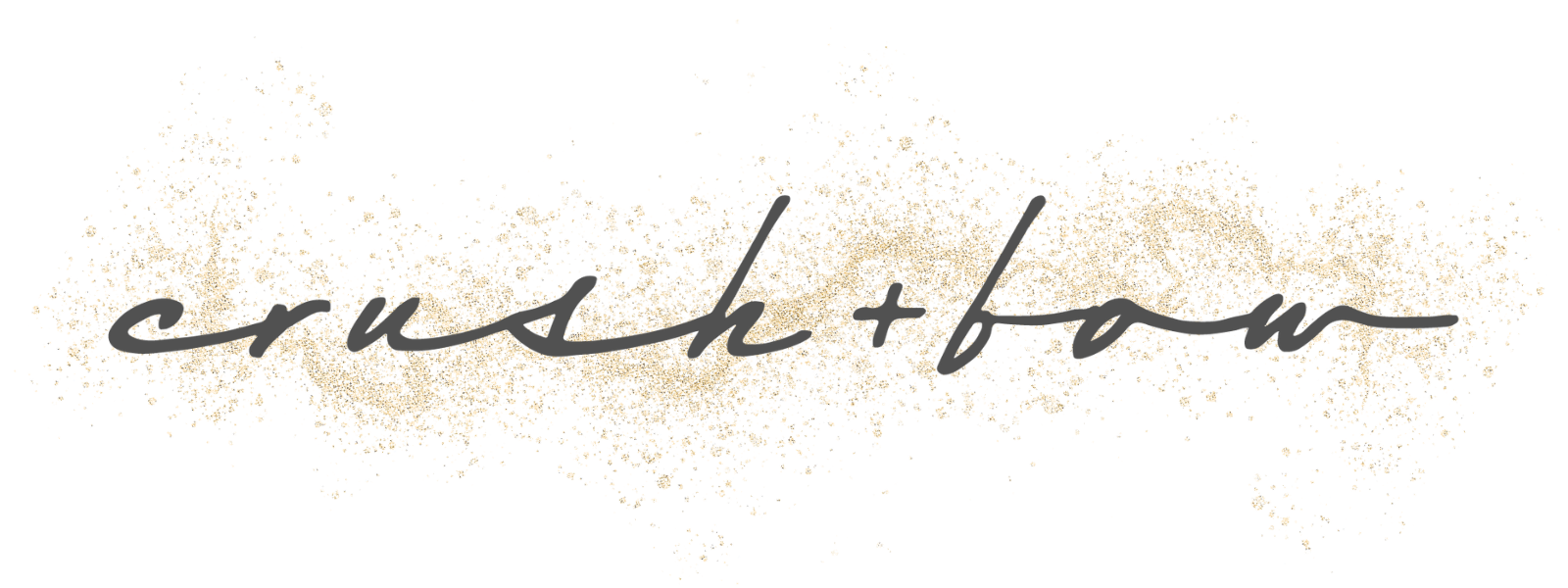color palette
Choosing the Perfect Color Palette
When planning a party or event, one of the most important decisions you'll make is choosing the color palette. A well-chosen color scheme can set the tone, create a cohesive look, and enhance the overall atmosphere. Typically, a color palette should consist of three to five colors. Generally, the base of the palette would be your main color, followed by one to three complementary colors, often neutrals, and an accent color. Let’s delve into the details and some tips for choosing the perfect color scheme for your event.
Start with Your Main Color
Your main color will be the foundation of your palette. It should reflect the theme and mood of your event. For instance, a corporate event might use a sleek navy or charcoal, while a wedding might lean towards soft blush or classic white. The main color will dominate your decor and set the overall vibe, so choose one that resonates with your event’s purpose and style.
Add Complementary Colors
Once you've chosen your main color, it's time to add one to three complementary colors. These are often neutral tones like beige, gray, or ivory that help balance the palette and ensure your main color stands out. Complementary colors should harmonize with your main color, enhancing it without overpowering it. They create a cohesive look and provide a backdrop that highlights the main color’s impact.
Pick an Accent Color
The accent color is the final touch to your palette. This color should be bold and eye-catching, used sparingly to add pops of interest and excitement. Think of your accent color as a way to draw attention to specific elements, like table centerpieces, signage, or party favors. It’s a chance to incorporate something vibrant or unexpected that complements the other colors and adds depth to your decor.
Flexibility and Creativity
While the three-to-five color formula is a helpful guideline, it’s not set in stone. Feel free to experiment and adjust based on your specific needs and preferences. Sometimes, you might find that fewer colors create a more sophisticated look, or that an extra accent color adds just the right amount of flair. The key is to stay flexible and creative, ensuring that your color choices reflect the uniqueness of your event.
Final Tips for a Cohesive Look
When selecting your color palette, consider the venue, season, and type of event. Outdoor events might benefit from brighter, nature-inspired colors, while indoor events might look best with more subdued tones. Additionally, remember to test your colors together before committing. Create a mood board or use digital tools to visualize how your chosen colors interact. This way, you can be confident that your palette will create the perfect ambiance for your special occasion.
~Hanna
Tagged accent color, choosing event colors, color palette for events, color scheme guidelines, color scheme ideas, complementary colors, event atmosphere, Event color palette, event decor colors, event decor planning., event planning tips, main event color, party color scheme, party theme colors, unique event colors

